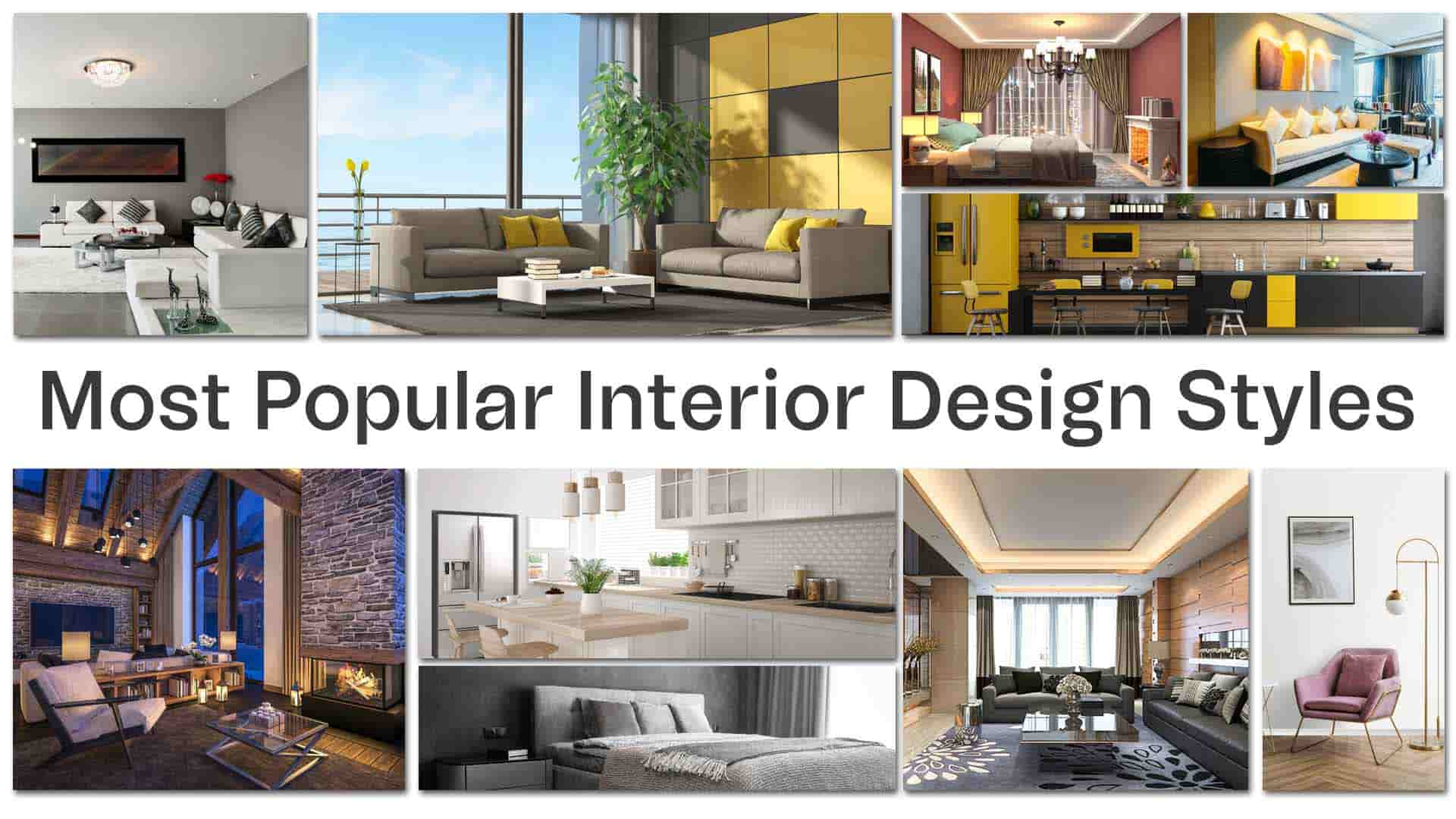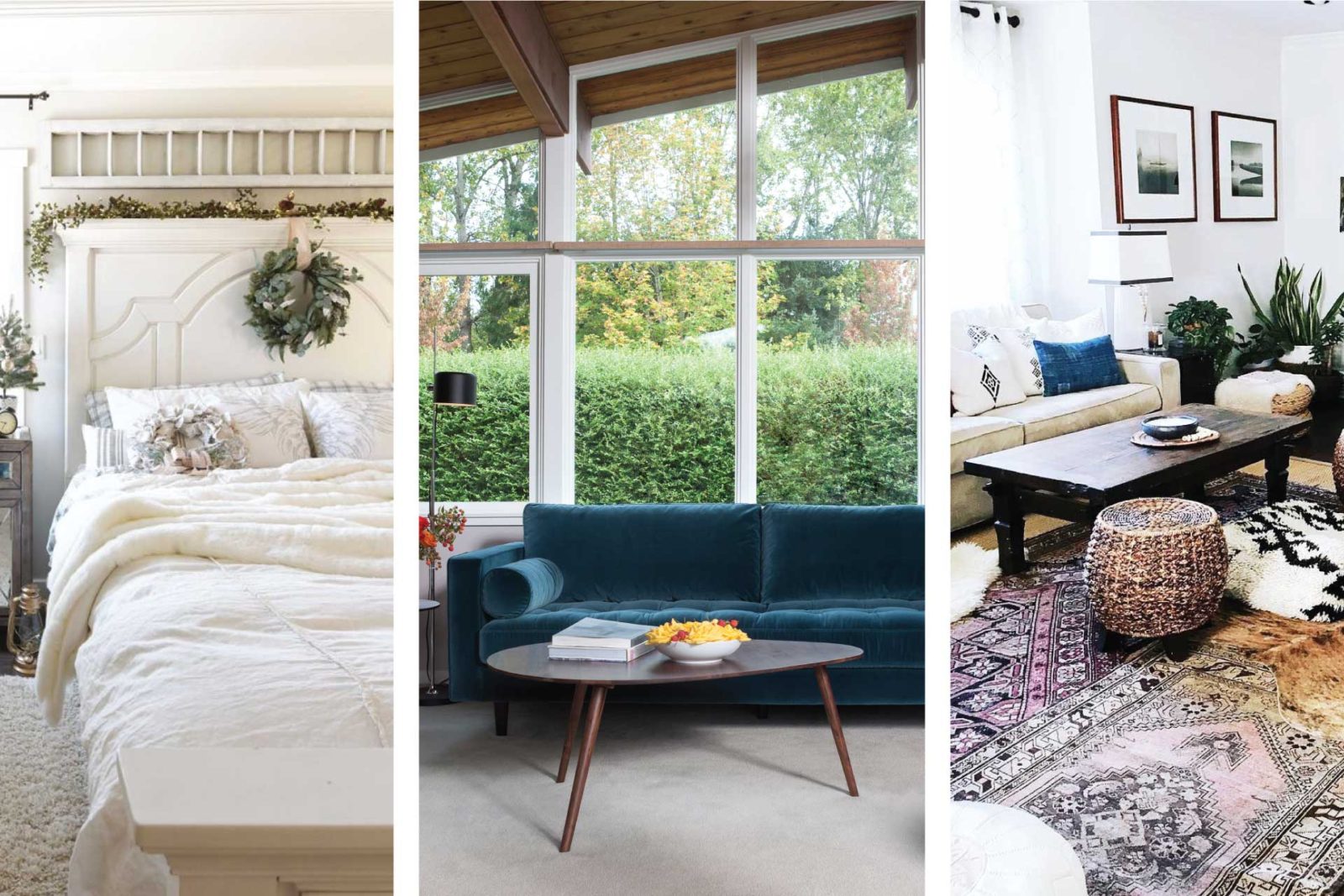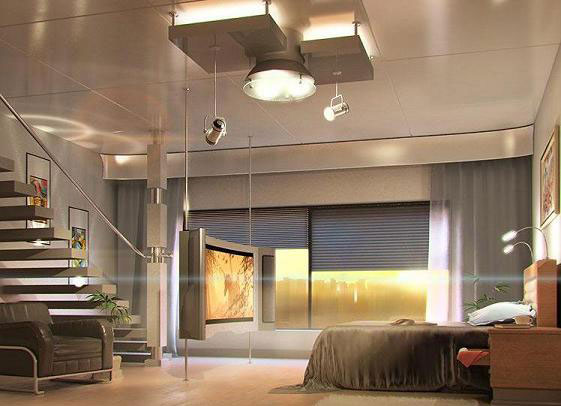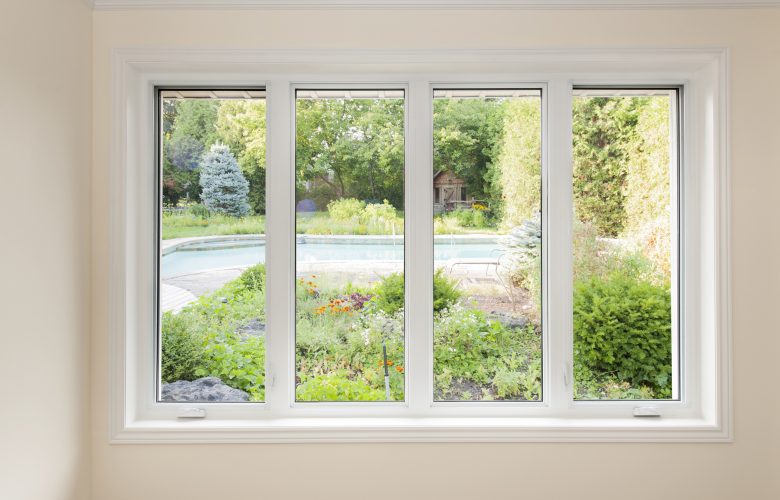
The designers need to ensure that while modern design ideas can be used to make the classic look interesting, they don’t go over the top and create a home that is more modern/classic than transitional. Bamboo, gravestone and other natural accoutrements give the base for a soothing color palette of brown, argentine and green. Soft flowery patterns and colors are incorporated with ornamental crockery and stretched fabrics. Its rudiments include rich colors, bold patterns, and gold accentuations.
Gallery Wall Ideas for Any Kind of Space
It’s common to see light bulbs bare without any decorative object like a shade around it with steampunk design. Old maps are a frequently used decorating tool and can be hung up as wall murals to add a vintage vibe to an interior. Exposed materials like pipes, concrete walls and weathered wood beams only add to the charm of steampunk interiors. Think of Steampunk as a blend between Victorian flamboyance, Gothic broodiness and the mechanization of the Industrial Age. Its origins can be traced back to the turn of the twentieth century, and is generally acknowledged to be inspired by the literary works of Jules Verne and H.G.
Urban Modern
It took inspiration from glamorous movie stars of the era, and as a result, this style has a decadent, luxurious, and yet quirky feel. The use of contrasting patterns is important in boho design, as well as injecting random pops of color that seemingly don’t match anything else in the room. This is one of the most cost-effective styles to achieve as you can pick up odd items in clearance sales or at flea markets and throw them all together. Chinese interior design also incorporates paintings of ancient scenes and nature on items such as porcelain jugs, folding screens, or wall murals. Rustic style also concentrates on cozy accessories and furnishing, such as knitted blankets and tapestries. In many instances, rustic design is considered most appropriate in older homes, but actually, modern homes can also be styled in a rustic way.
Scandinavian
Houseplants are also a good way to add a Mexican vibe to a space, especially with cacti and succulents, as these plants thrive in Mexico and so are synonymous with the country. Incorporate old road signs, bar lighting, and second-hand bar stools to give the space an authentic industrial feel. Chinese style furniture is typically ornate, with detailed wooden carvings. The wood might be stained a dark color or is sometimes given a high gloss finish with black lacquer.
Join 50,000+ designers and teams
It’s common to see materials like metal and glass used because of their light-reflecting properties. In addition, neutral color palettes are the most common for contemporary design with textured fabrics to create interest. One of the most timeless and endlessly popular interior design styles out there, bohemian décor represents a care and fuss-free freedom that’s unquestionably heady and intoxicating. Our homes are personal—and they should reflect our interests, desires, and styles. However, it's not always easy to get a clear grasp on how our personal style can translate into home design.
Bathrooms typically feature a cast iron or porcelain clawfoot tub for an old world feel. In the kitchen, various cookware and accessories like vintage toasters, coffee makers and mixers are left out on the countertops for added antique flair. In the living room, couches and chairs are upholstered with detailed pastoral or floral patterns. Delicate lace curtains in white or soft neutral tones provide a soft accent that reinforces the antique vibe.
Rustic interior design is a broad term used to incorporate a range of interior design styles, such as Coastal, Farmhouse, and Tuscan, to name a few. Rugged, natural beauty is valued in Rustic homes, with exposed wood or brick and stone centerpieces commonly seen. Sometimes referred to as Oriental interior design, Asian Décor brings together design concepts from countries such as China, Thailand, Japan, and Malaysia. While Asian Décor will vary depending on which country the interior designer is channeling, the creation of tranquil spaces is a common theme to all interiors that come under this banner. An earth-tone color palette, the incorporation of natural materials into the space, and floral and nature-inspired motifs are also popular elements found in Asian Décor.
Modern
Furniture and accessories tend to be clean-lined and geared towards living near the bottom of the room. Where the home uses elements that appear old with a lot of wear and tear but are highly functional. Sometimes, new items are distressed to give the appearance of an antique. Tall-backed chairs, crystal chandeliers, and ornate gilded mirrors in this dining room by Sasha Bikoff are all callbacks to the Regency style.


Subdued muted earth tones and soft creams are used for upholstery, walls and area rugs. Natural sunlight and the warm glow of candles and a roaring fireplace are preferred over artificial LED illumination. Splashes of color from a few potted plants or select pieces of artwork help to prevent the area from becoming lifeless and boring. This Scandinavian concept even utilizes scents like cinnamon, vanilla and ginger to imbue the space with a comforting and familiar sense.
100+ Architecture Terms That Will Help You Describe Buildings Better - My Modern Met
100+ Architecture Terms That Will Help You Describe Buildings Better.
Posted: Mon, 11 Sep 2023 07:00:00 GMT [source]
But, the walls may still be adorned with framed photos and artwork of shapes and sizes. Plush velvet and velour upholstery or curtains add elegance, glamor and tactile appeal to maximalist settings. These spaces are also marked by eccentric pieces of interesting one-of-a-kind furniture or unique architectural focal points. Floral-patterned floor-length drapes made from chintz or damask hang around the windows, and furniture such as bed frames, chairs and tables have a glossy wood finish with ornate detailing. Four-poster beds are a common feature of English interiors, as they evoke a timeless, traditional aesthetic. Needlepoint footstools, throw pillows and chair cushions bring a cozy ambiance to the interior.
Scandinavian interior design styles are sought after for their minimalist and sleek aesthetic. This type of design typically features light colors, natural materials, and simple designs. Scandinavian interiors often feel spacious and airy, making them a great choice for small homes or apartments. Take a gander at these Scandinavian living rooms and decorate this essential space guided by Nordic design principles. The focus is on simplicity, cleanliness and absence of decor or detailing. Furniture offers smooth, clean lines inspired by architecture from the 1930s.
Dutch Renaissance homes place importance on symmetry and proportion, similar to art nouveau-inspired spaces. Architectural home elements feature elegant, curved lines and colors that are muted to put an emphasis on furniture and decor. Deep, dark tones are used with cool tints of white and placed throughout interiors. Armoires, sideboards, wardrobes and chairs are carved with scrolls and trees, which are two common Dutch motifs. The demand for more artistic furniture coincided with the growth of the banking and merchant class across Europe. Dutch Renaissance style is more organic than its Italian counterpart, which tends to be more neoclassic.
"Layer texture and pattern to create excitement in a home—more rugs, more art, more objects." It's not difficult to deduce that traditional design is inspired by—you guessed it—tradition. Specifically, traditions of 18th and 19th-century European interiors, albeit in a more timeless approach. The essence of industrial design prioritizes function over form, ensuring the space is primarily practical while sustaining a strong aesthetic appeal. You can also easily incorporate pieces like distressed leather, DIY seating from wooden pellets, and exposed brick to add an industrial vibe to your decor.
The German bauhaus style was born out of a concept to blend functional, yet beautiful, furniture that could be mass produced. Wassily chairs, bauhaus lamps, nesting tables and Walter Gropius’s armchair (see above) are all classic examples of this blocky but beautiful style. Applying these principles can create a visually pleasing and well-designed interior space. Since minimalism often means doing more with less, you'll often notice the importance of light and contrast in minimalist spaces, like this one by Robson Rak.
Natural light is accentuated to illuminate the home, while fixtures such as vintage chandeliers and weathered pendants provide additional light. This home-style reflects pride in the United Kingdom, so the British flag (a.k.a. Union Jack) is frequently used as design inspiration. This 1960s pop culture-inspired style was at its height in the 1990s and reinforced by popular bands of the time like Oasis, Elastica and the Spice Girls. Various shades of red, white and blue are often used subtly throughout the home. For instance, a warm brick fireplace, cream-colored walls and blue-toned sofas bring the Cool Britannia color palette to life in a subdued manner.













